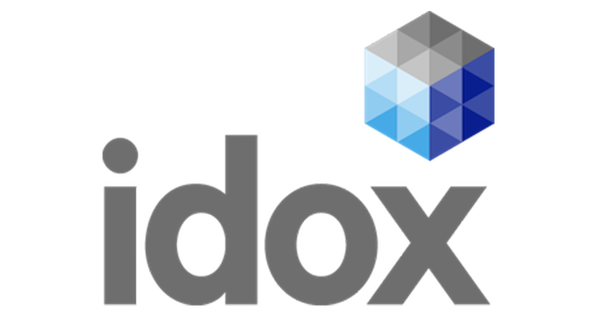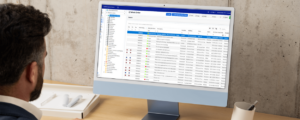Four ways CAFM can help you move from reactive to proactive facilities management
Proactive facilities management plays an important role in enhancing safety and efficiency within any organisation. Taking a proactive approach means facility managers can identify and address potential issues before they become big problems. But with such broad and complex responsibilities, multiple sites and often stretched resources, how can facilities managers get ahead of their tasks and move from a reactive to proactive strategy? Read on for four ways CAFM can provide facilities teams with the tools to get ahead and stay ahead.
1. Planned Preventive Maintenance (PPM):
Implementing preventive maintenance programs for any serviceable equipment asset is essential in achieving a proactive facilities management strategy. Regularly scheduled inspections or servicing can help find and fix potential problems early, before they become real issues, reducing the risk of unexpected breakdowns or accidents. This approach not only extends equipment lifespan but also equipment efficiency, reducing downtime and costly repairs.
CAFM Explorer provides a streamlined and reliable method to manage reactive and planned maintenance across an estate. With automated alerts and reports, maintenance tasks can’t be missed, and centralised document management enables managers to make faster and more informed decisions. This insight supports teams to better identify which assets are working smoothly and don’t require servicing, and which items do, helping to reduce the level of reactive maintenance jobs. Ensuring equipment receives regular servicing is also important for compliance and safety, especially when it comes to items like fire extinguishers.
2. Risk Assessment and Reduction:
Another key element of taking a proactive approach to facilities management involves completing risk assessments to pinpoint potential safety hazards and vulnerabilities across an organisation’s estate. By identifying risks in good time, facility managers can put the right measures in place to reduce them. This might include installing safety features, creating emergency response plans, and providing training on how to respond to specific risks effectively and efficiently.
By centralising data and enabling real-time tracking and reporting, CAFM software can support facilities managers in ensuring all necessary inspections and certifications are up-to-date. Having a system that allows you to raise a hazard and log any changes and actions taken to address it allows facilities managers to manage and mitigate risk in their organisation and stay on top of compliance requirements.
While you can never entirely eradicate every risk, tools like CAFM Explorer empower facilities managers to take a proactive approach to risk management, freeing up time from firefighting tasks to strategise for efficiency.
3. Energy Efficiency Initiatives:
Taking proactive steps towards energy efficiency continues to be a priority for many organisations. This can include upgrading lighting systems to LED, installing programmable thermostats, optimising HVAC systems, and adapting office environments to suit flexible working environments.
CAFM software can offer insight into locations where inefficiencies can be addressed. The comprehensive reporting functionality within CAFM systems enables facility managers to use data for effective and well-informed decision-making. For example, by monitoring vacant and occupied areas of the workplace, heating and lighting can be adjusted accordingly, ensuring energy efficiency in those areas.
4. Asset and Space Usage:
By regularly reviewing how space is used and making any necessary changes, facility managers can maximise the efficiency of their sites. This can involve changing office layouts, putting flexible workspaces in place, and adopting software to track metrics such as occupancy and usage patterns.
A CAFM system helps to optimise asset and space usage by providing the means for teams to optimise the work environment. Through streamlined room and desk-booking capabilities, and an eye on both costs and sustainability objectives, facilities managers can monitor how the workplace is used and make data-driven decisions to create a working environment that utilises space effectively.
Additionally, having easy, remote access to accurate up-to-date information via a web-based CAFM system will not only meet the business’ need to create the right working environment for all employees but also ensure the facilities management team has the information to support the new operational demands created by a hybrid workforce.
Take control of your facilities management
The total solution for all your facilities management needs – CAFM Explorer enables complete visibility of all assets, costs, and risks to enable facilities managers to pre-empt issues on site, streamline and automate task assignments, simplify reporting, and deliver enhanced insight to help customers unlock significant productivity gains.
Contact our team today to find out more about CAFM Explorer.






